Circular Economy Waste Management Transforming Trash into Treasure
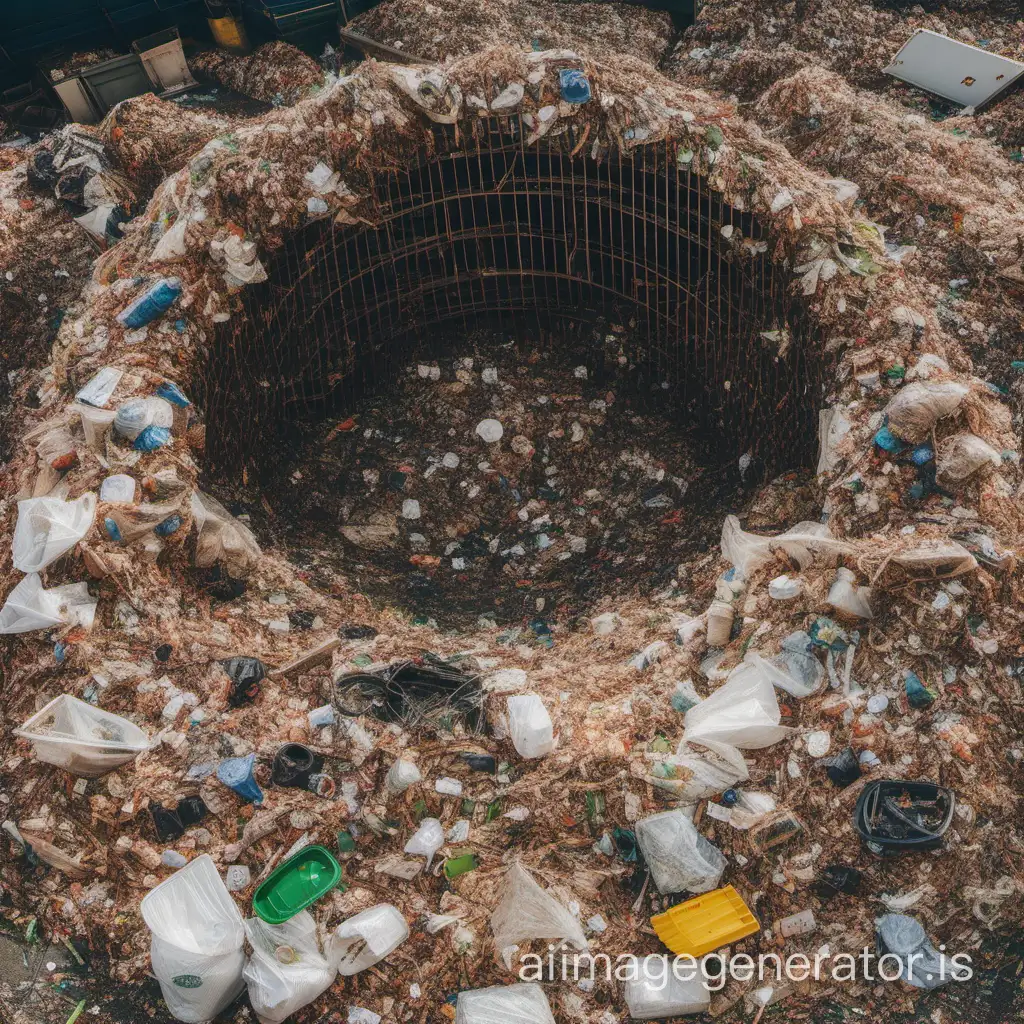
Image Prompt
Prompt
Social and Environmental Impacts of Implementing Circular Economy Models in Waste Management
Model: normal
Ratio: 1:1
Related AI Images
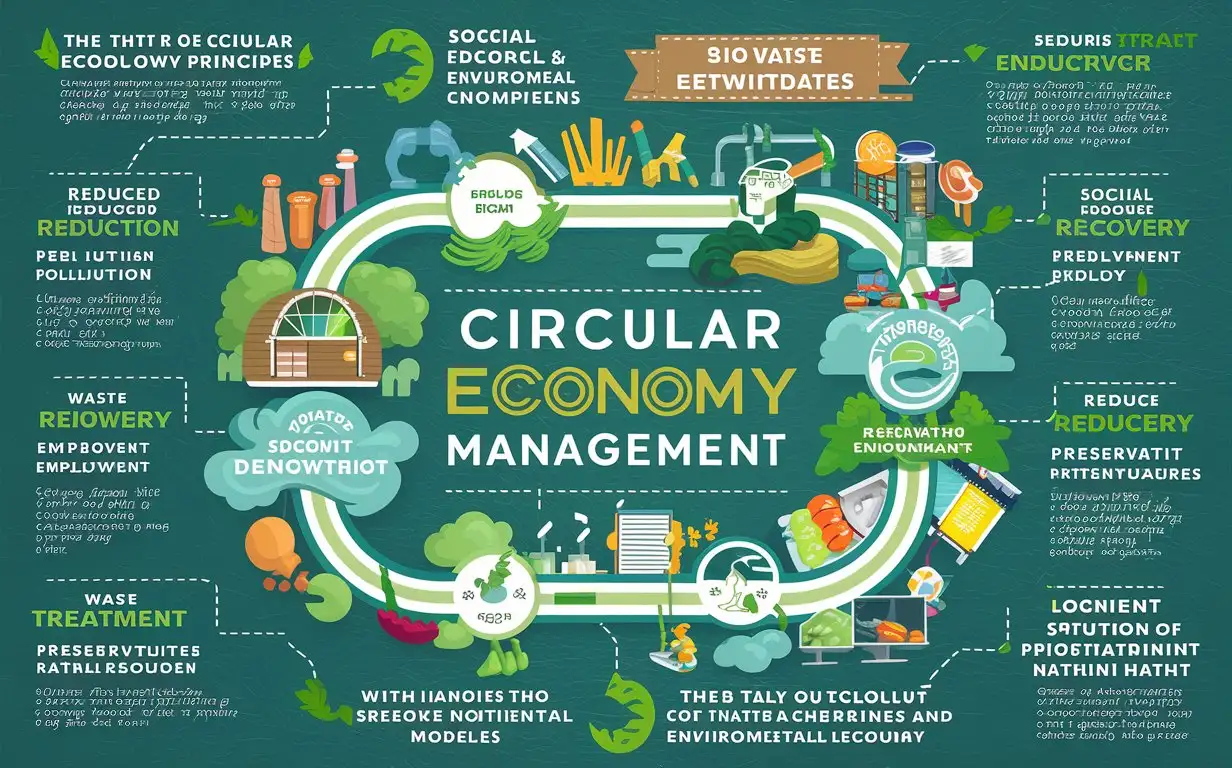
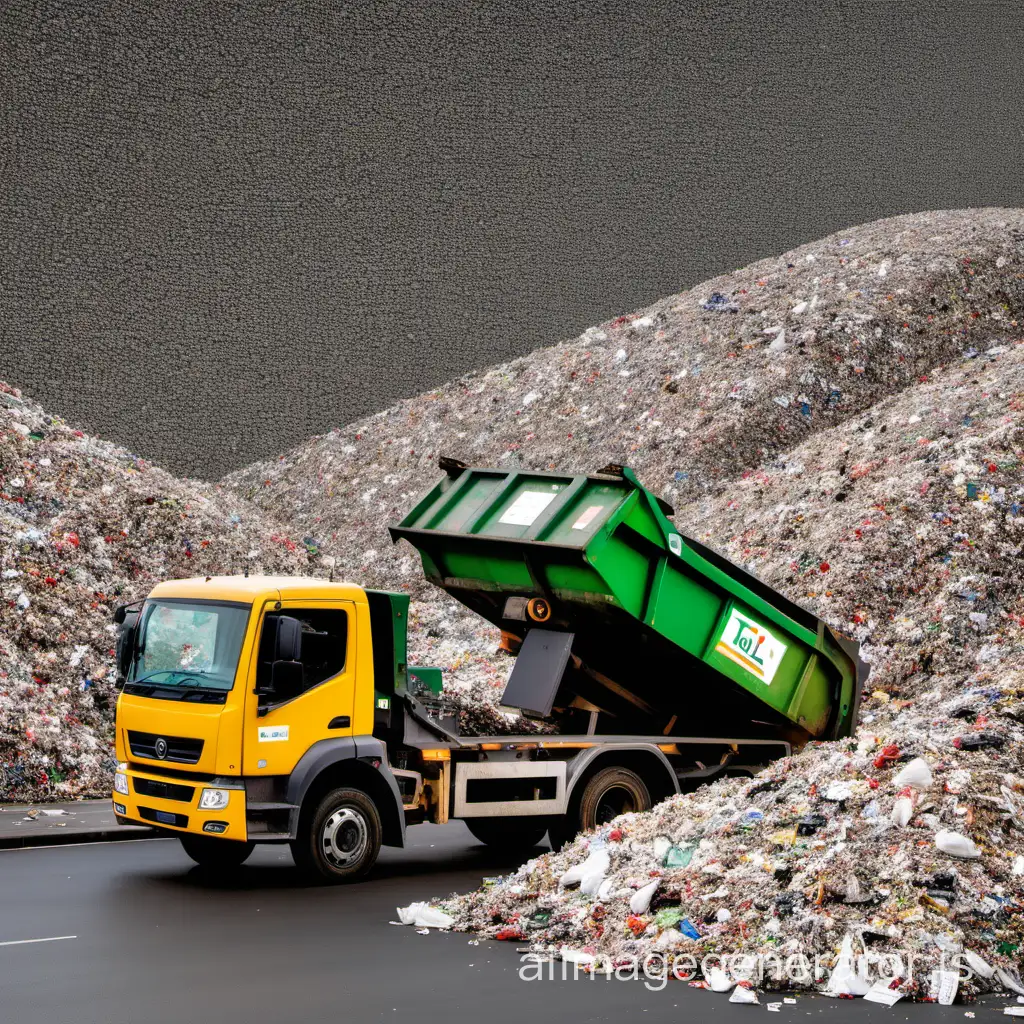

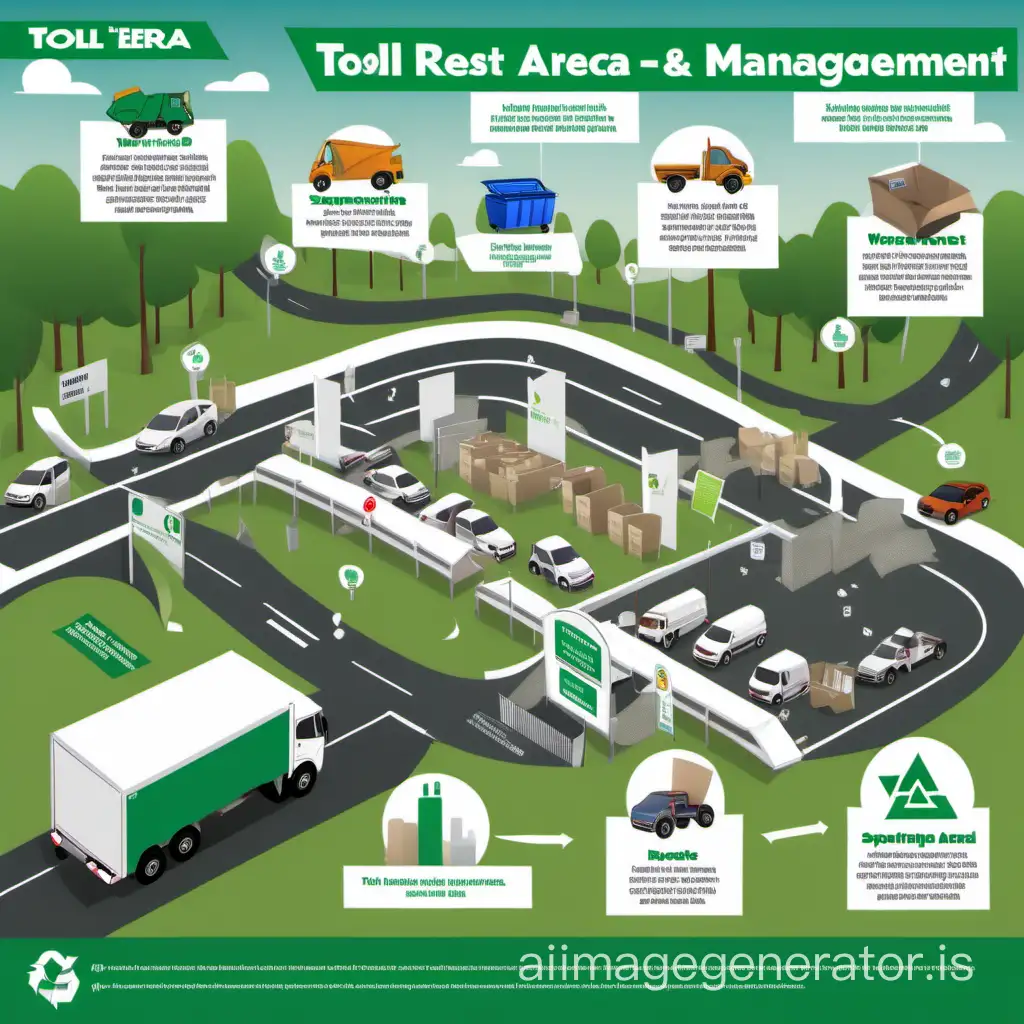
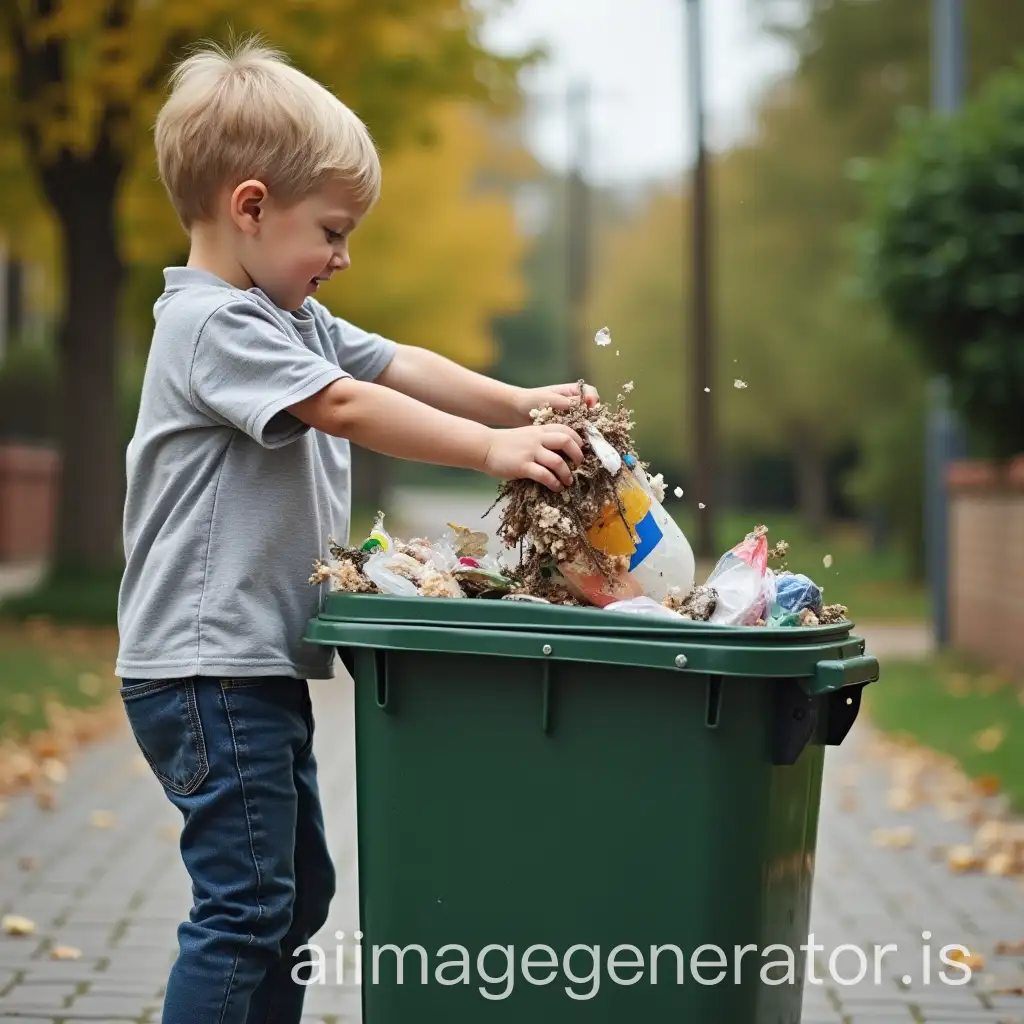

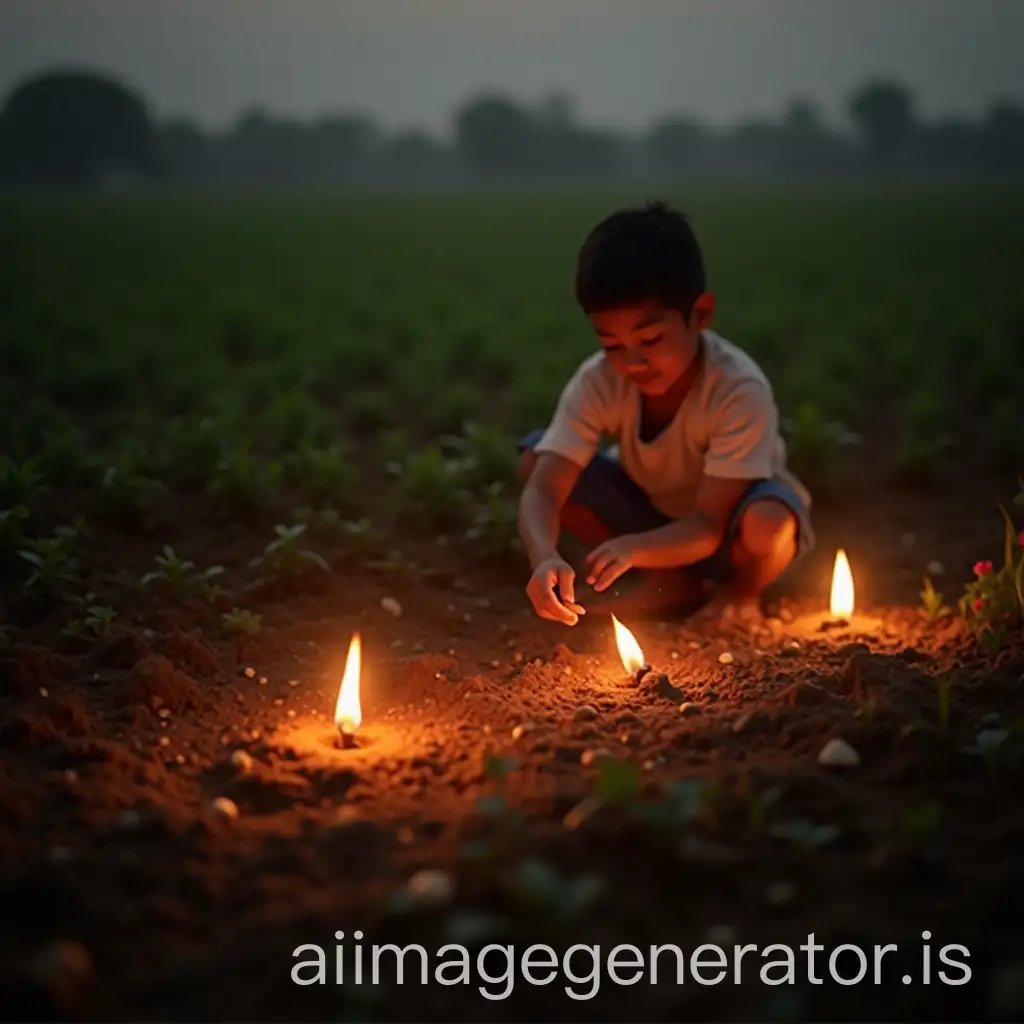
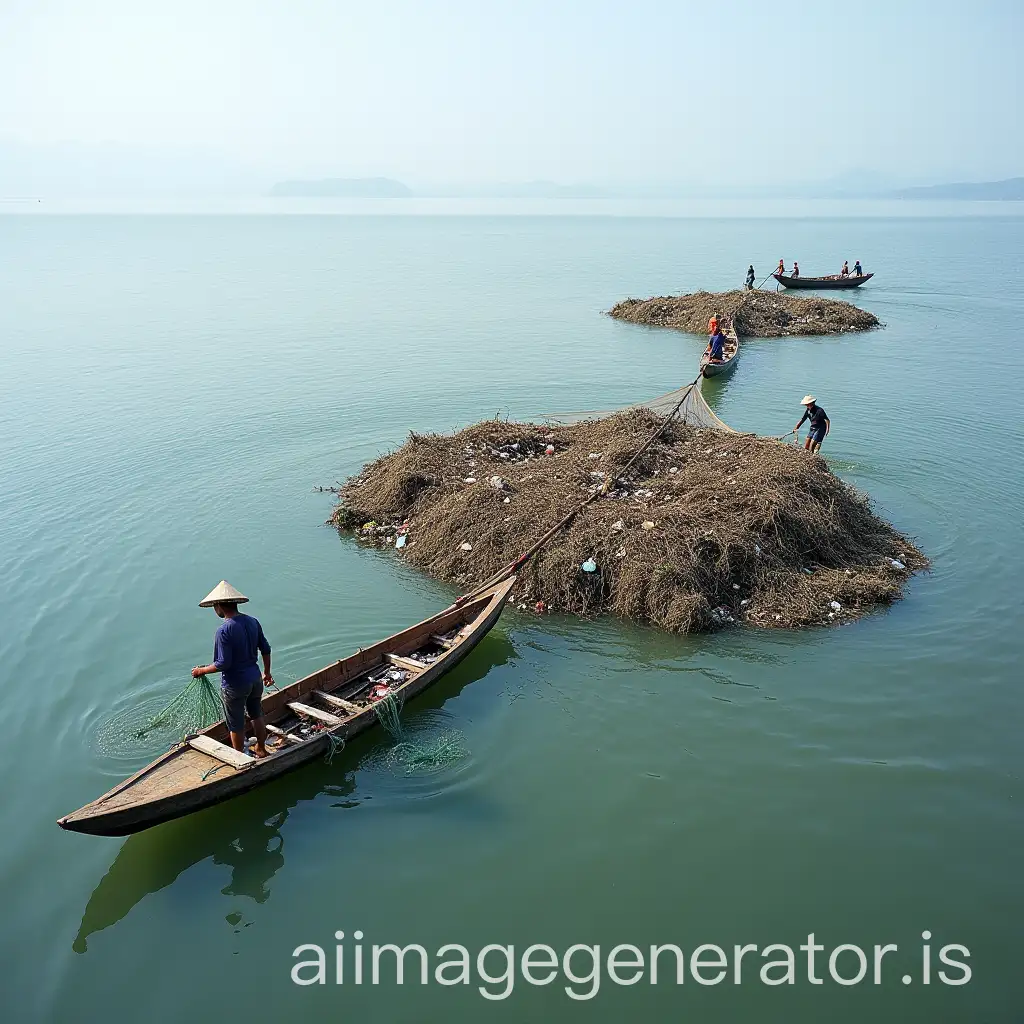
Related Tags
Prompt Analyze
- Subject: The image should depict a futuristic waste management facility where traditional waste bins are replaced with innovative recycling systems. The scene showcases a circular economy model in action, with various types of waste being sorted and processed into new, valuable resources. Setting/Background: The facility is set against a backdrop of a thriving green city, symbolizing the positive environmental impact of the circular economy. The background includes lush greenery, clean streets, and a skyline with sustainable architecture, emphasizing the harmony between urban development and ecological balance. Style/Coloring: The art style should be realistic with a touch of surrealism to highlight the innovative nature of the waste management system. Vibrant colors are used to emphasize the transformation of waste into valuable materials, with contrasting earth tones for the waste and bright, lively colors for the recycled products. Action/Items/Costume/Appearance/Accessories: In the foreground, we see a diverse group of individuals (representing various professions such as engineers, scientists, and local community members) actively engaged in the recycling process. They are dressed in futuristic protective gear and accessories, symbolizing the advanced technology used in the facility. The individuals are working together to operate high-tech machinery that efficiently sorts and processes waste, turning it into reusable materials like plastic pellets, recycled paper, and metal ingots. The image also features interactive screens displaying data on the reduction of carbon footprint and the positive social and environmental impacts of the circular economy model, such as decreased landfill usage, reduced pollution, and increased job opportunities in the green economy sector. Overall, the image tells a story of transformation, innovation, and sustainability, inspiring viewers to consider the potential of circular economy models in waste management for a cleaner, more resourceful future.